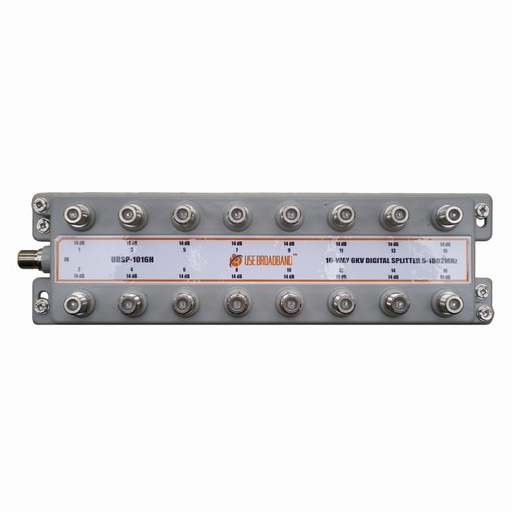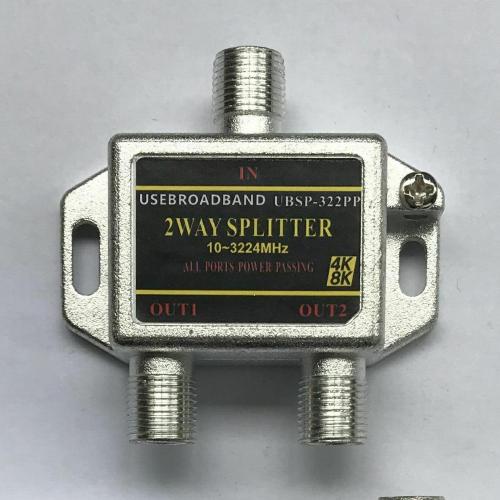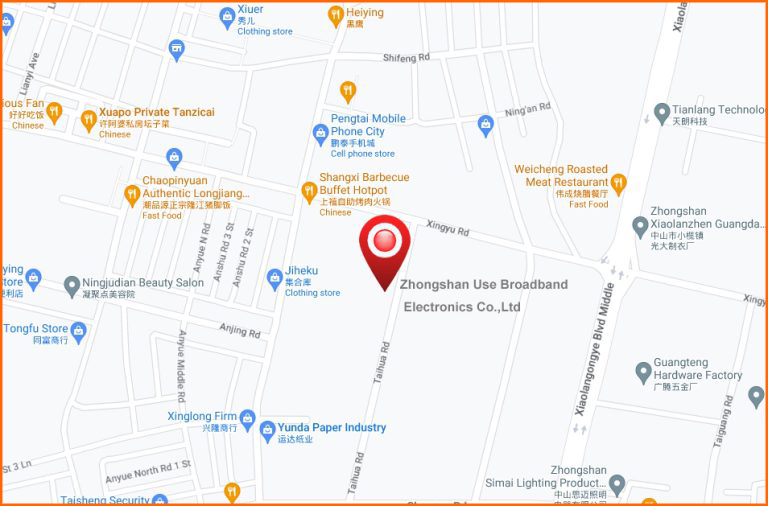All You Need to Know About Splitters and Taps: Which One is Better?
Taps and splitters are two important accessories that all installers know like the back of their hand. Choosing the one that’s right for you can be quite difficult because they’re quite similar, especially for those who are new to the world of signal boosting. The reason you might decide to go for a splitter or a tap in a particular situation isn’t always easily understandable. In this post, we will be answering your question and helping you make the best decision.
What is a Tap?
A tap can also be called a coupler, and it’s an accessory created for multiple antennas and cable runs. Taps give users the chance to set up 2+ indoor antennas while offering a better cellular signal to one compared to the other. In most cases, this is for a setup that has one inside antenna near the amplifier, then the other one is far away. Because of the loss of signal from the long cable that such a run would need, the smartest way to go about it would be to send a better signal via the short cable.
What is a Splitter?
Splitters also give room for multiple antennas and cable runs. Nevertheless, these ones evenly split the signals from their ports, unlike the taps, and this allows you to measure your dB from the position of exit accurately. They come in different variants, such as four-port, three-port, and two-port.



When Do You Need a Tap or Splitter?
Firstly, the aim of all signal boosters is to best preserve the signal you boosted and distribute the signal most effectively. Taps are excellent for this because they’re able to outperform a splitter in several situations by making sure the antennas are roughly at the same strength. For a splitter, the antennas close to the amplifier will get a very strong signal, while the one that is far from the antenna will get a much weaker signal. Depending on the run’s length, the antennas that are farther from the amplifier can have stronger antennas compared to those installed through the tap.
With that being said, splitters are your best bet if you do have several individually walled rooms you need to cover. Splitters are also excellent for evenly distributed antennas in a wide area. For example, an open sales flow requiring multiple antennas would serve you better when you use a splitter compared to a tap.
Best Places to Use a Tap or a Splitter.
For splitters, the best place to use them is in centralized, large areas where they distribute signals evenly to several other antennas to consistently cover the areas. The best places to use taps are in situations such as long hallways. The signal can be run into a tap that’ll split into a closeby office, then the rest of the signal continues down the hallway.
Which is the Best One for Me?
It’s quite unfortunate that I can’t give you a direct answer to this question. Generally, if you have a more evenly distributed indoor antenna setup, then a splitter is your best option. If your cable runs are long, then Taps might be the best for you. You can also decide to mix and match to figure out the ideal setup.



